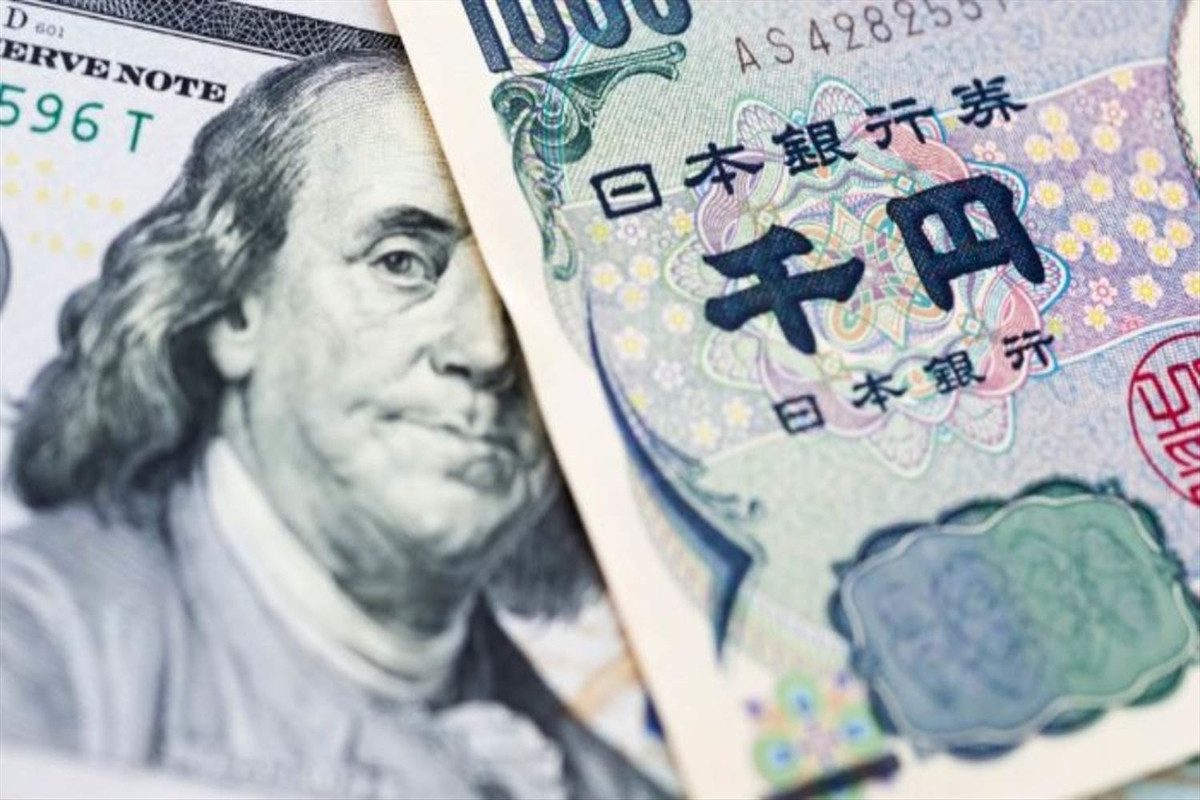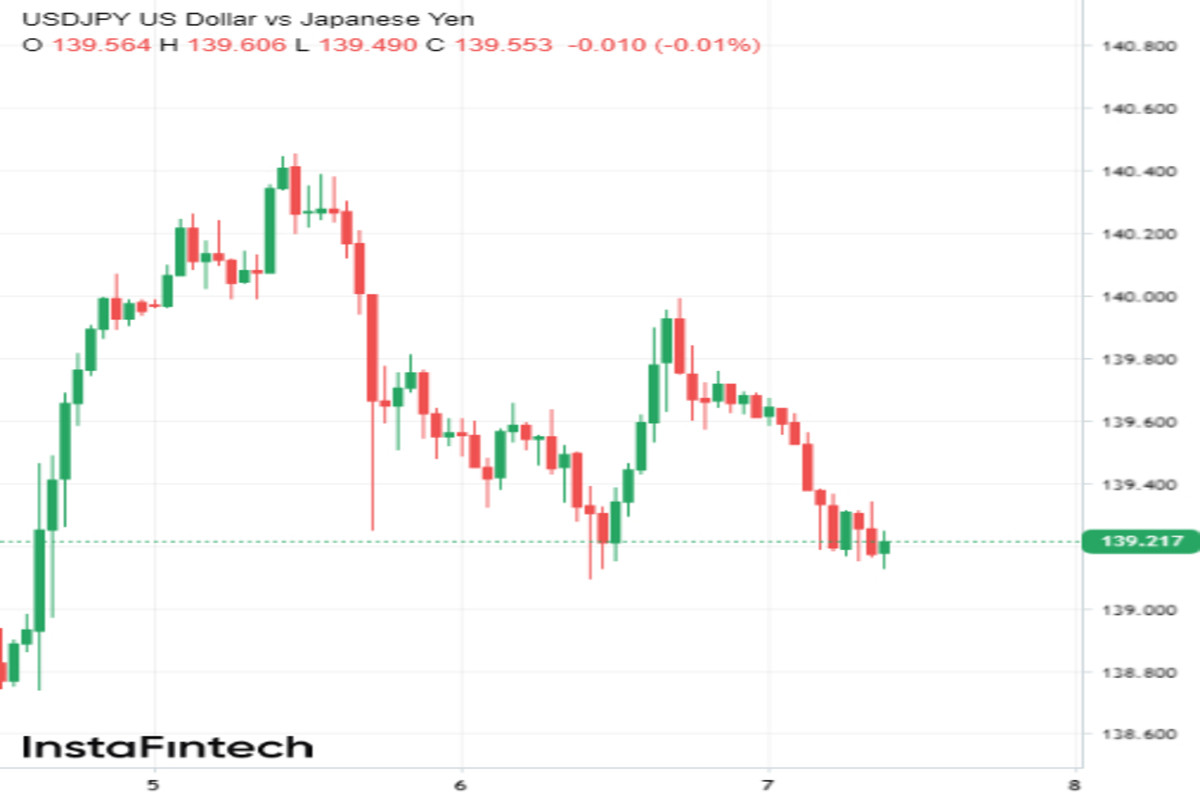
The dollar/yen pair entered a consolidation phase ahead of the next week, which is expected to bring two important events. Thus, the Federal Reserve and the Bank of Japan will hold monetary policy meetings. Currently, most investors are confident that the aggressive US policy will come to an end in June. Does this mean a slump in USD/JPY?
Last week, the dovish rhetoric of the Federal Reserve officials almost convinced traders that the US was ready to pause its months-long anti-inflation campaign.
However, the US employment report for May once again brought hope for higher interest rates and triggered a temporary dollar rally.
Last month, the increase in non-farm payrolls significantly exceeded expectations, indicating a robust labor market and the possibility of further tightening.
The data strengthened hawkish market expectations but failed to eradicate doubts. A sharp jump in unemployment to a 7-month high of 3.7%, reported by the US Labor Department last Friday, was the first warning sign for traders.
On Monday, the Institute for Supply Management (ISM) released the US Services PMI data for May. The unexpected decline in the index (from 51.9 points to 50.3 points) fueled concerns about a slowdown in the US economy.
The market understands well that with the economy being on the verge of a recession, the Federal Reserve will not be able to continue raising interest rates and will soon have to take a pause.
Currently, the probability of a new rate hike at the meeting on June 13-14 is estimated to be around 19% compared to over 60% a week ago.
The fact that rates in the US may remain at the current level and even start to decrease in the coming months boosted the yen against the dollar.
At the beginning of the week, the yen rose by 0.3% to 139.6. However, just a few days ago, the USD/JPY pair confidently traded above the 140 level and was ready to break through a new round figure.

Many analysts believe that the major currency may return to its recent highs next week if the May report on US inflation, which is expected to be released one day before the Fed's interest rate decision, turns out to be strong.
Consumer price growth data will hardly change the baseline scenario, which implies a pause this month. However, the report may bump up the probability that the regulator will remain stuck to the aggressive course in the future.
If the inflation release turns out to be weak, it will also convince investors that the US central bank is approaching a reversal in its monetary policy. In such a scenario, the greenback risks declining against all the currencies, including the yen.
Analysts at ING forecast that the dollar will enter a cyclical bearish trend in the coming months. Meanwhile, the USD/JPY pair will drop by more than 6% from its current levels (to around 130) by the end of the year if the Fed shifts towards sharp easing of its monetary policy.
However, not all experts share this view. According to MUFG, the decline of the greenback against the yen will be relatively limited.
The Japanese currency may continue to trade against the dollar at the levels slightly below 140 if the Bank of Japan does not initiate any changes this year.
MUFG believes that the BOJ will maintain the current parameters of its monetary policy at its meeting on June 16. It will also follow a dovish path until the end of 2023 if there is no significant wage increase in the coming months, which is necessary for more sustainable inflation.
Notably, yesterday's wage growth data disappointed buyers of the yen. In April, wages declined by 3% year-on-year.
The negative trend indicates that the Japanese central bank will need a considerable amount of time to achieve its 2% inflation target and launch the long-awaited normalization of monetary policy.
According to Bloomberg, the spread between the June futures contract for 10-year JGBs and the cheapest deliverable bonds reached the lowest level since the start of futures trading in September.
A smaller spread indicates that traders now have sufficient liquidity to perform arbitrage operations between bonds and futures. The situation changed after the Bank of Japan reduced its purchases of debt securities.
The market is gradually returning to the state that prevailed before the BOJ started buying an unlimited amount of the cheapest deliverable bonds in June last year.
The improved liquidity in the government bond market reduces pressure on the Bank of Japan. It does not need emergency changes to its yield curve control.
Many analysts speculate that another delay in the correction of the yield curve control mechanism may affect the yen's strengthening against the US currency in the medium term.
Summary:
As we can see, the risks for the USD/JPY asset are currently very high but one-sided. The Federal Reserve's reversal is undoubtedly a strong headwind for the major currency. However, the dovish stance of the Bank of Japan may provide substantial support to the greenback and protect it from significant losses.





















